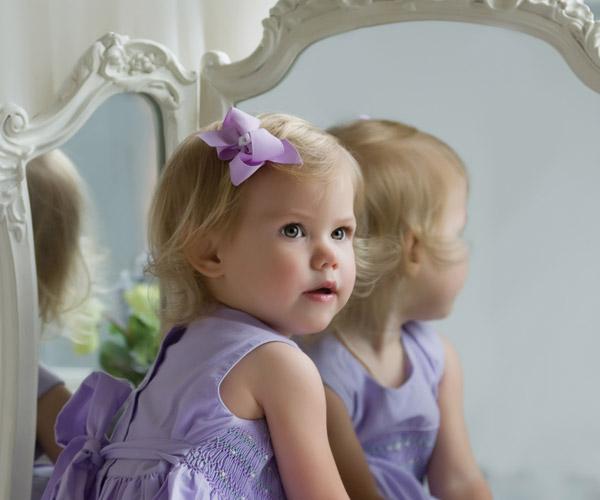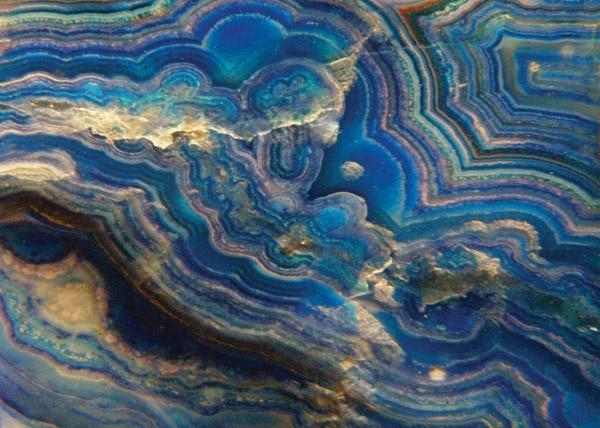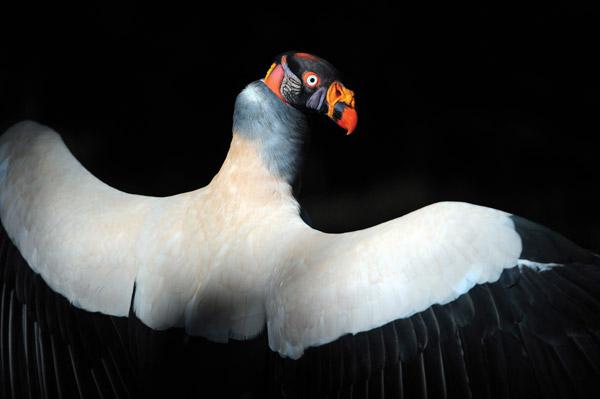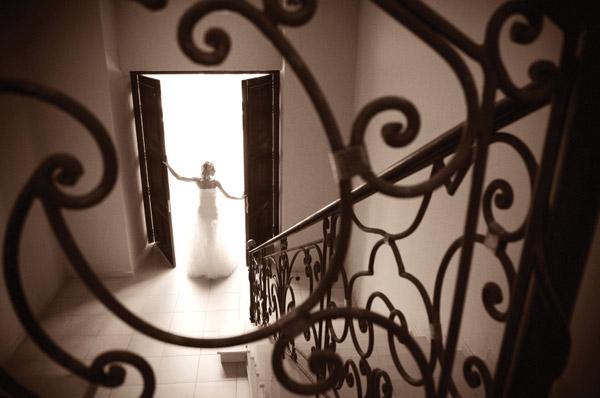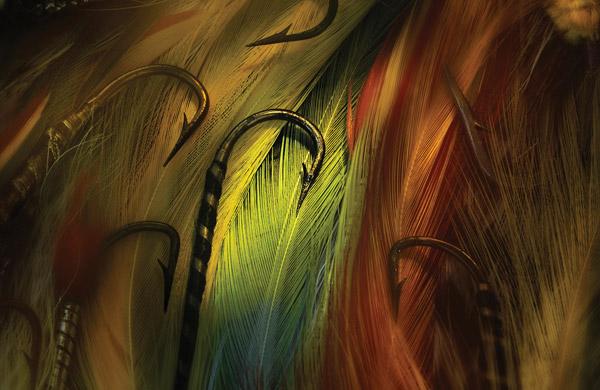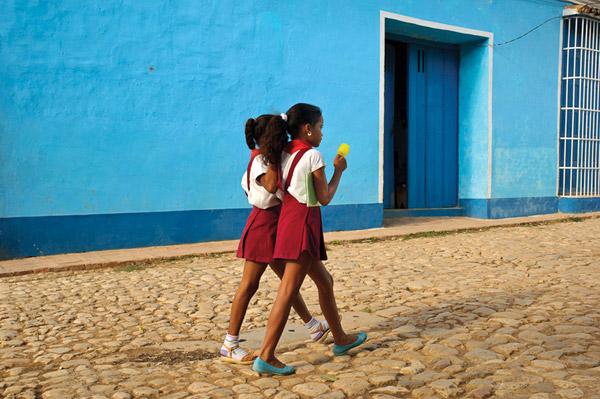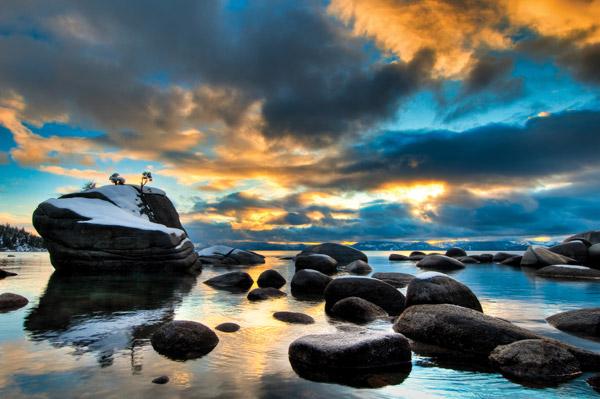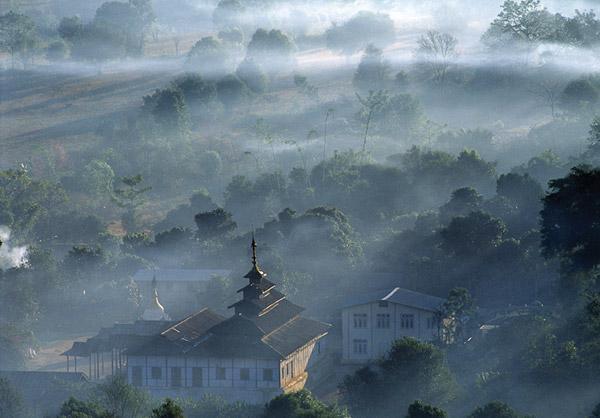Pro Techniques
Sort By: Post Date TitlePublish Date
|
Nov 12, 2012 |
First Published: Oct 01, 2012 |
|
Oct 23, 2012 |
First Published: Sep 01, 2012 |
|
Sep 10, 2012 |
First Published: Aug 01, 2012 |
|
Aug 27, 2012 |
First Published: Jul 01, 2012 |
|
Aug 17, 2012 |
First Published: Jul 01, 2012 |
|
Aug 13, 2012 |
First Published: Jul 01, 2012 |
|
Aug 03, 2012 |
First Published: Jun 01, 2012 |
|
Jul 25, 2012 |
First Published: Jun 01, 2012 |
|
Jun 27, 2012 |
First Published: May 01, 2012 |
|
May 24, 2012 |
First Published: Apr 01, 2012 |
|
May 23, 2012 |
First Published: Apr 01, 2012 |
|
May 22, 2012 |
First Published: Apr 01, 2012 |
|
May 21, 2012 |
|
May 07, 2012 |
First Published: Mar 01, 2012 |
|
May 02, 2012 |
First Published: Mar 01, 2012 |

